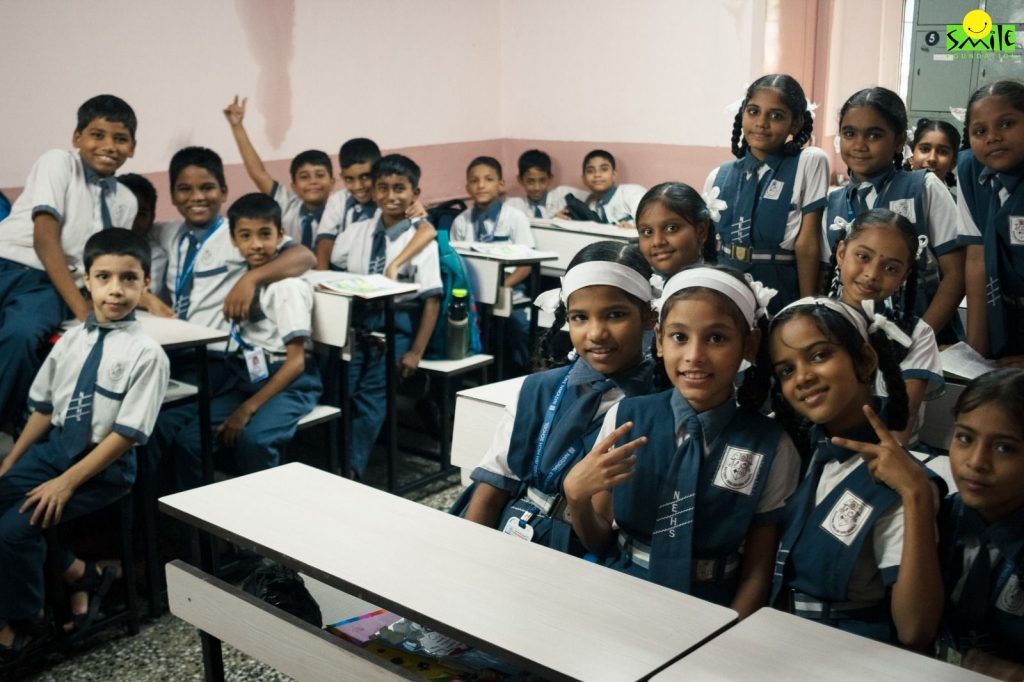Ours is a truly global world. After the inventions related to publishing, radio, commercial flying, the rise of the internet search world with Google changed the way we understand knowledge and its application. DEI (Diversity, Equity and Inclusion) was one of the core building blocks of internet freedom. And this is where DEI in classrooms become the talking point?
DEI sensitisation benefits students by nurturing a multicultural mindset, fostering understanding and empathy while combating various stereotypes. DEI education from a young age is crucial. Just when a child is intaking and processing a lot of information, it is important to address systemic inequalities and empower them as advocates for social justice. “Catch them young” for building of logical reasoning analysis and sensitivity towards people of different socio-economic backgrounds is most desirable.
The responsibility for DEI is not only limited to organisations, involving the government, educational institutions, and nonprofits through inclusive policies that are implemented well in reality. Diversity in educational institutions mirrors the corporate world, with various dimensions like gender, age, abilities, religion and socio-economic background, creating a melting pot of diverse lived experiences and outlook on life.
Educational institutions across levels- primary, middle and high school, UG/Graduate/PG need to have intentional and directed practices of diversity, equity and inclusion to ensure that the democratic spirit of the nation remains blemish-free with India achieving the Sustainable Development Goals (SDGs) successfully.
DEI sensitization means teachers have to make consistent attempts for the students to become culturally competent. All children must be aware of their own cultural beliefs and values while appreciating other cultures and respecting people for their beliefs, values and for who they are. The idea is to broaden their undersanding of acceptance and tolerance- one of the most important elements of a functional democracy.
Identifying and addressing barriers faced by students at policy level is important to create equitable education policies to address challenges that interefere with representational matters. We should remember that the challenges of rural and city/metro students might be different and would need different solutions to them. Then the challenges faced by girls and students belonging to marginalised groups and those who are at the intersection of multiple marginalised identities will be different too.
All schools should have accommodations for people with disabilities to deliver the promise of equal opportunity to education. For first generation students, schools should conduct additional coaching for these students to provide a level playing field.
Sensitising students about caste, religion and reservations and having difficult conversations around creating equitable conditions for those without privileges goes a long way in recognising privilege and building empathy followed up with affirmitave actions. These steps go a long way in identity-based discrimination which has the potential to disintegrate the cause of higher education institutions.
The power of words to break down gender inequality and historically-held gender-based stereotypes is key to building respect for marginalised and underrepresented communities in our children. Age-appropriate content in middle and high school fosters an appreciation for consent and boundaries, contributing to the normalisation of sexually-appropriate behavior.
Cultivating and encouraging a questioning mindset promotes better understanding, preventing assumptions that have the tendency to persist into adolescence and adulthood. All this affects the social, emotional, and cognitive development of students impacting their morale, code-of-conduct and self-worth.
Having diverse reading materials, inclusive language, and creating spaces for open dialogue can make DEI successful at schools. Equipping students with knowledge at an impressionable age can ensure that harmful stereotypes and discriminatory biases do not get carried into adulthood. Every stakeholder need to invest in upskilling teachers to become better as inclusive educators.
The job of our policy makers is to find mechanisims that upgrade the curriculum representating inclusivity and contribute towards breaking biases. Educational Institutions especially should focus on increasing diversity among faculty and staff members providing students with role models and mentors from diverse backgrounds.
How India is uniquely placed with DEI? India as a highly diverse country with numerous languages, cultures, religions, and socioeconomic backgrounds, so DEI is an important consideration in the education sector. However, resource constraints and cultural norms challenges continue to negatively affect the DEI initiatives in the Indian education system. Addressing this gap would require advocacy, research, and implementation.
Deliberate actions encompassing DEI enhances learning outcomes and also shapes empathetic future leaders with the capability of social inclusion in all fields possible across the world. This mindset is crucial for problem-solving attitudes in individuals committed towards social change.









